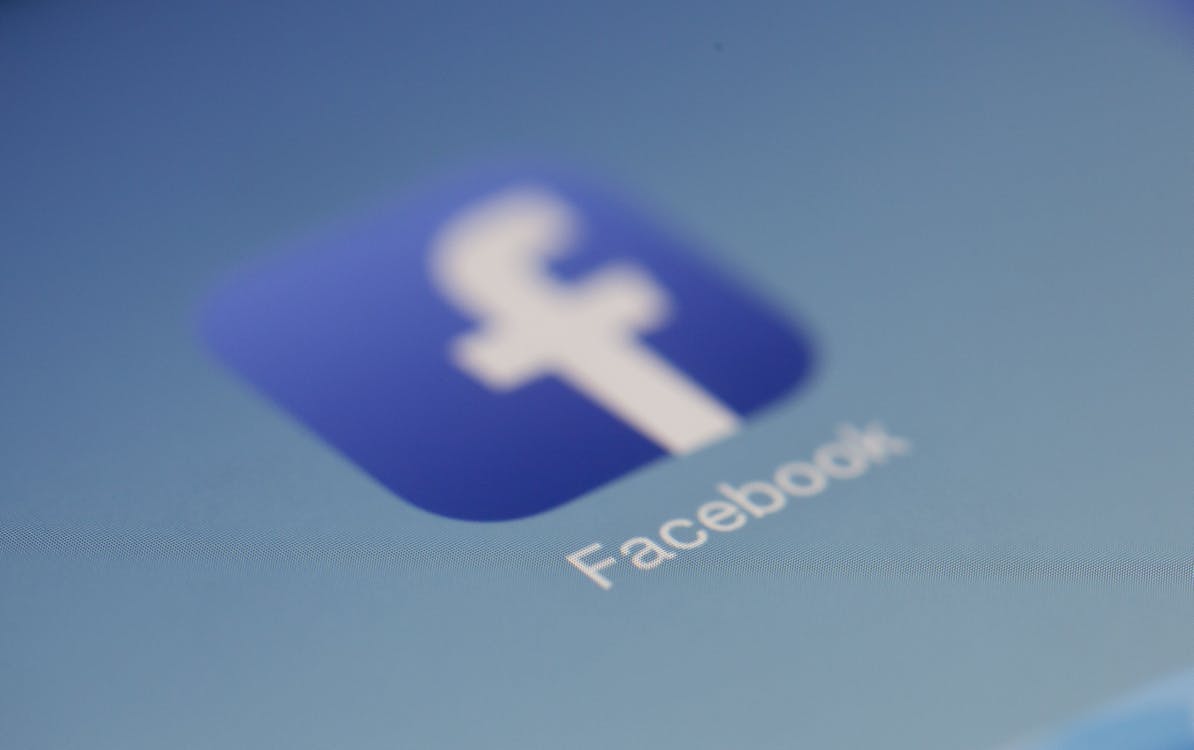How To Improve Social Media Marketing Strategy And Choose The Best Tool For That
Just a few years ago, you could get away with building a social media marketing strategy on the fly. As long as you were present, you were doing more than your competitors–right? Well it’s 2018 and not much of the same logic applies today. Brands must be fully invested in their social media marketing strategies and focus on engagement. Otherwise, you’ll lose out on real customers, which means serious effects on your bottom line. This is not here to scare your brand into the world of social media. Instead, this is to provide your marketing team with the right steps to take toward a successful social strategy so your brand isn’t left in the dust. Here are the some steps to create a winning social media marketing strategy in 2018:
1. Social Media Monitoring and Listening.
Social listening enables social media specialists to track and review the social buzz around your brand, industry or competition. By listening in, you can look for trends in moods and behaviors while also looking for opportunities to promote your product.
2. Identify Business Goals.
Every piece of your social media strategy serves the goals you set. You simply can’t move forward without knowing what you’re working toward. Look closely at your company’s overall needs and decide how you want to use social media to contribute to reaching them. You’ll undoubtedly come up with several personalized goals, but there are a few that all companies should include in their strategy increasing brand awareness, retaining customers and reducing marketing costs are relevant to everyone.
3. Create Social Media Marketing Goals That Solve Your Biggest Challenges.
Understand what you want out of your efforts. Social media marketing isn’t about flipping a switch and calling it a day. Instead, social media planning should be looked at like cooking your favorite dish. Once you have your ingredients, you follow a recipe and presto! But that’s not always the case. What if you have guests and need to feed more people? What if someone is allergic to one of the ingredients? Suddenly, your goal goes from making a meal to ensuring it will feed enough people and be edible by all.
4. Analytics and Reporting.
Your social media tool should enable you to export reports on the data that has been collected. Look for quick reporting and analytics to share with your team or clients. Use reporting to make intelligent, informed decisions about your social media strategy.
5. Assign roles.
Knowing who’s responsible for what increases productivity and avoids confusion and overlapping efforts. Things may be a bit messy in the beginning, but with time team members will know their roles and what daily tasks they’re responsible for. When everyone knows his or her role, it’s time to start planning the execution process. You can either plan daily or weekly. I don’t advise putting a monthly plan together because lots of things will come up and you may end up wasting time adapting to the new changes. You can use tools like Basecamp or ActiveCollab to manage your team and assign tasks to each member. These tools save you tons of time and help you stay organized.
If you work at building lasting relationships, there’s a lot less room for failure with your social media marketing strategy.
















